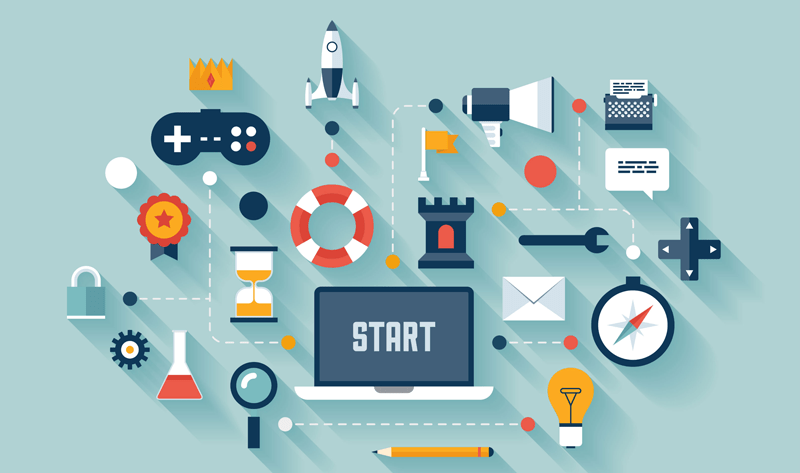Gamification is used by plenty of apps and websites to increase engagement and retain users. Most of the time, the users don’t even know about gamification and just go along with it, because it makes their user experience better.
Why should you use gamification techniques in web design?
The reasons may depend on the type of website you are creating, but usually, it mostly comes down to the following:
- Drive engagement: have some gamification components on your website, such as a points/rewards system like Powerplay Canada is doing, can help to increase engagement on the website.
- Better progress tracking for users: in the case of an online course, for example, including progress tracking will let your users know where they are standing in their learning experience.
- Increase goals conversion: probably the most important, as converting visitors into subscribers, users, or customers, should be your ultimate goal. Gamification can be used to encourage the users to finalize their actions more often.

1. Know what your goal is
Before you start implementing any type of gamification components into your website, you should make a plan and consider what you want to use it for and what the end goal is. For example, to build a community, you could have a reward for chatting with other members of the site, or use a leaderboard to let users have their name out there and their achievements are known by others.
Obviously, if you are familiar with online marketing, you are aware that setting clear goals should go along with tracking the measures implemented. Make sure that you are tracking which components are popular, and which are not used, it will allow you to keep improving the gamification aspects of the website.
2. Use badges
Badges may remind you of school, but they are still a good way to remind your users what they have accomplished, as well as motivate them to do more on the site. For example, if you give them an “experienced user” badge, it serves as a thank you for being there for a while and a way to signal experience to other users, which can help to build a community on the website.
3. Make it challenging
If you want your users to get a sense of accomplishment when receiving a badge or another reward, it must not be too easy to obtain the reward in question. If it’s too easy, there is no challenge and people may not see it as real gamification. Making it a bit challenging will trigger the competitive nature of your users.
4. Use rewards, but in moderation
This goes with the previous point, don’t send rewards to your users for just any action they take. Your rewards should be meaningful and have value, scarcity helps to create value for your rewards. This was, you can also integrate the community aspects by boasting users’ rewards when they unlock it.
5. Keep it simple and fun
Never overcomplicate stuff, the simpler the gamification process, the more it will be adopted. Think of it like the adoption of video games, learning curve shouldn’t be an obstacle into using your website as an advanced user. The fun aspect will obviously make the whole process more enjoyable.
6. Make progress obvious for users
When it comes to communicating their progress to users, the UI should be crystal clear and no confusion should be possible. Integrate the gamification components into your UI and make it part of your user’s profile, he will then assimilate into his personal data and it will make it part of his online persona.

